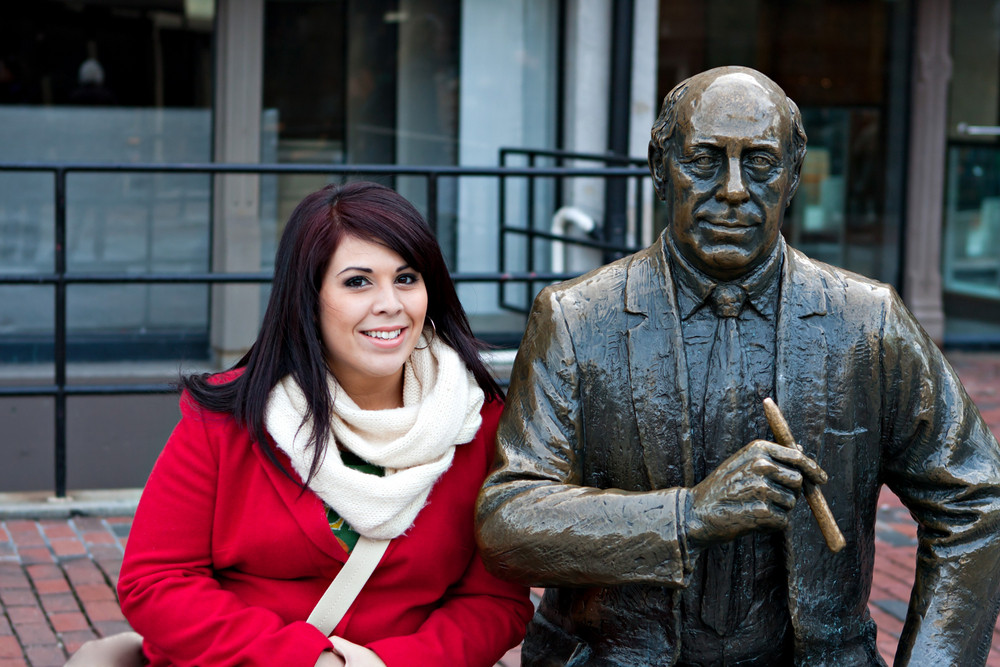Throughout history, sculptures and statues have played pivotal roles in shaping societies and cultures. These artistic expressions not only preserved the essence of civilizations but also captured the emotions, beliefs, and stories of different eras. As we continue to embrace new technologies and art forms, the significance of sculptures and custom stone statues remains undiminished, providing a tangible connection to our past and a reflection of our collective identity.
Historical Records and Symbols
Sculptures and statues serve as vital historical records, offering insights into the traditions, beliefs, and socio-political dynamics of bygone times. They tell stories of heroes, gods, and ordinary people, immortalizing significant events and milestones. In this way, these artworks act as educators and preservers of history, giving viewers a sense of where they come from and an understanding of their cultural heritage. There is also a trail of history from those made as custom stone statues.
Personal Connection to Artwork
Furthermore, sculptures and statues evoke powerful emotional responses, allowing individuals to connect with art on a profound level. According to The Ohio State University, on average, an individual viewing artwork in a gallery or museum setting will spend about 30 seconds in front of a piece of artwork. Despite this fleeting interaction, the impact of a sculpture or statue can be deep and lasting, offering inspiration, reflection, or even solace to those who encounter them. This emotional engagement makes sculptures and statues an enduring form of artistic expression that transcends time.
Community Identity and Pride
In contemporary society, sculptures and statues also play an essential role in fostering community identity and pride. Public art installations create shared spaces that encourage interaction and dialogue among community members. These installations not only beautify urban environments but also instill a sense of belonging, bringing people together through admiration and discussion of the arts. They create landmarks that define the character and spirit of a place, making them central to cultural identity.
As we continue to evolve as a global society, the relevance of sculptures and statues persists. They are not just relics of the past but living artworks that continuously engage and inspire new generations. By appreciating and preserving these masterpieces, we honor our history, enrich our present, and shape the cultural landscape of the future. Through their enduring presence, sculptures and statues remain indispensable pieces of the cultural puzzle today. For more information on custom stone statues, visit statues.com.


